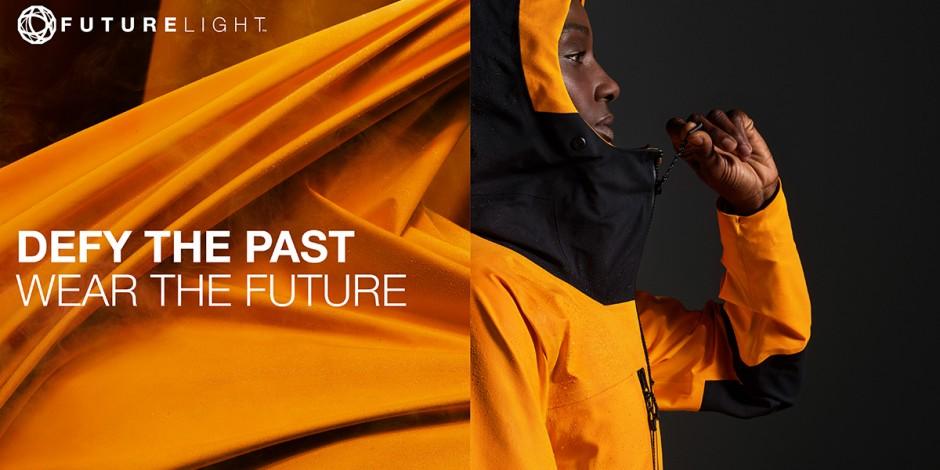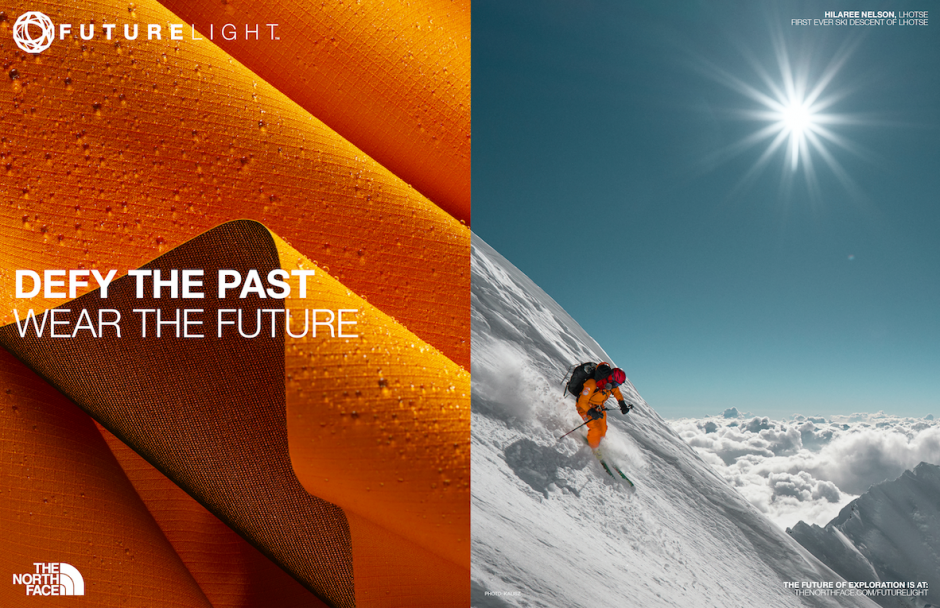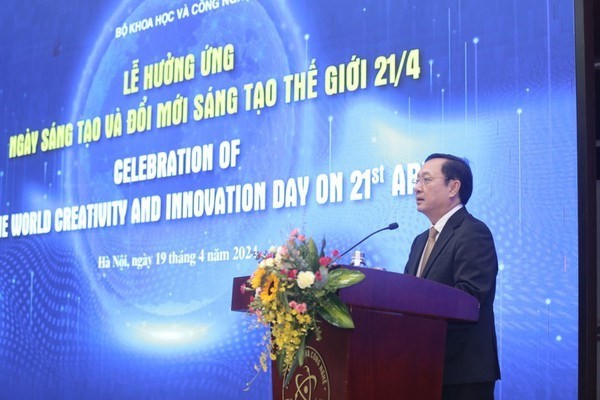The North Face cuts through environmental chatter by focusing its marketing on product
The North Face’s campaign promoting its Futurelight fabric innovation will be one of its biggest, setting a fresh, product-focused tone to cut through in an age of environmental advertising.

The North Face emphasizes product marketing in Futurelight campaign
The brand, which is known predominantly for its outdoor sportwear, is using the launch of the breathable, waterproof material as a stake in the ground for its revamped type of marketing communications.
Rather than focus creative on what the 51-year-old brand represents, its global vice-president of marketing has made moves to turn the spotlight on The North Face’s products in order to tell and sell the company’s story to an audience.
Top marketer Steve Lesnard, who joined the VF Corporation label in July, said he was taken on to “elevate product marketing” at a global level, so that the product story takes center stage in the company’s brand marketing strategy.
“Great brands can not only have a clear point of view on who they are and how they add value but also develop products that sustain the test of time,” he told The Drum. “The North Face founders believe the best way to be sustainable is to make product that would last a lifetime – that's why they introduced lifetime warranty in all their products.
“Leading on product integrity and product sustainability ... is something consumers, particularly in the outdoor space, truly resonate with. This is why I think product marketing is becoming such an important part of the North Face DNA.”
This approach will additionally give The North Face a stronger voice as more and more brands in the outdoor and sportswear space lean on their environmental credentials in marketing.
Fellow VFC brand Timberland recently boosted its investment in tree planting and nature-based activism, for instance, while the likes of Patagonia, Fjallraven and even Adidas have similarly sharpened their focus on the outdoors and nature to better serve the Climate Strike generation, as well as the growing number of investors pushing for more sustainable business.
The North Face has previously focused its marketing efforts on themes less tangible than the products it sells, such as inclusivity, exploration and the beauty of adventurous destinations. The latter landed the brand in hot water with Wikipedia after it hacked the open-source encyclopedia with its photography to land the top result on Google Images.
“[The environment] is a very big topic that has many areas that need to be taken into consideration,” noted Lesnard. “But one thing that is really unique about The North Face is the ability to push the boundaries of performance innovation without making any trade-off on sustainability.
“Futurelight is a perfect example of the very best, done in the most sustainable way. That’s a unique space we’re driving into.”

The “gamechanger” fabric – which is made from an ulta-thin ‘nanomembrane’ that allows for airflow while remaining waterproof – will be marketed through a global campaign officially kicking off today (1 October).
Created by Sid Lee, The North Face’s agency partner since 2016, the work focuses heavily on The North Face’s hardened explorers and athletes testing Futurelight products – something that was only made possible due to the brand team being “joined at the hip” to the product and innovation team.
“That also gave us great insight in how to tell the story, as we [could] really input some of the key benefits that athletes were sharing with us as they were testing the product,” said Lesnard. “Testing had a major impact on our ability to shape the campaign and the communication of the campaign as well.”
The work will span out-of-home, digital, social and augmented reality, marking the company’s first foray into the AR space outside of retail. Underpinning all 250 media executions is the tagline ‘Defy The Past, Wear The Future’.
“Something that was so important for us was to make that fabric the hero of this campaign,” said Mariota Essery, executive creative director at Sid Lee, who led on the campaign with fellow executive creative director Driscoll Reid.
“The point of our creative work is to make the people we're speaking to not only understand that this fabric exists, but also make it feel tangible. All the creative work no matter what it was ... everything laddered up to making consumers understand what this fabric is meant to do.”



 Print the article
Print the article